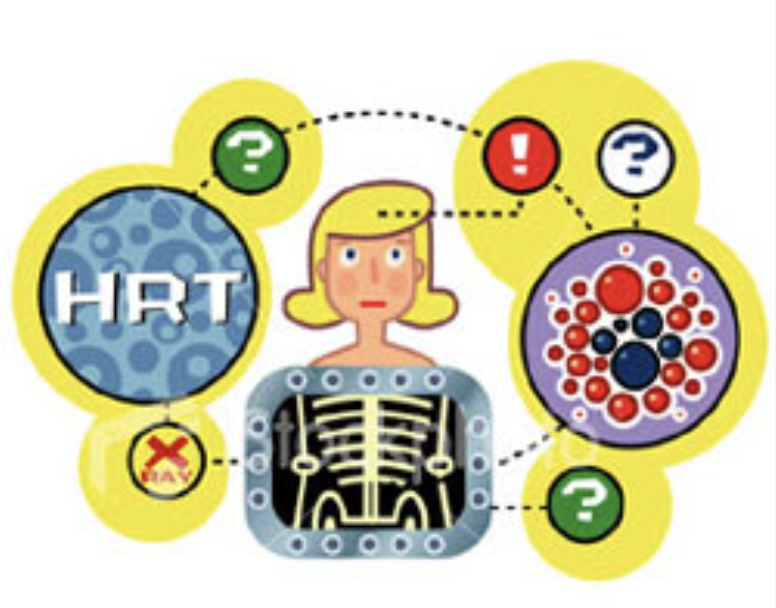Sangeeta Pati MD FA COG
Abstract
Restoration of low thyroid, insulin and cortisol is the medical standard. It seems logical to also replace low estrogen, progesterone and testosterone. However the evidence leaves clinicians at a loss for clear direction, because of conflicting results from studies using varying types of hormones, routes and ages. This paper analyzes the data and puts forth an argument as to why physiologic hormone ratios are safe to women and can be achieved by the use of bio-identical hormones, transdermal estrogen and a start in early menopause before disease sets in.
Introduction: Why restore Hormone Balance
Hormone receptors for estrogen, progesterone and testosterone are present on the cells of the heart, blood vessels, bone, nerves, muscles, skin and most cells in the body. So, when these hormones become imbalanced, women acquired an increased risk of heart attacks, strokes, cognitive decline, osteoporosis and breast cancer. A comprehensive analysis of data shows that a restoration of normal physiologic ratios of hormones is beneficial in alleviating symptoms and, more importantly, degenerative disease. But, what type is protective? What route is protective and to which women?
Normal Protective Hormone Ratios
There are three predominant estrogens in non-pregnant, premenopausal women. These are estrone (E1), estradiol (E2) and estriol (E3) at a ratio of E1 10-20%, E2 10-20% and E3 60-80% (see Table 1). This ratio is protective, since the bulk of estrogen is in the form of the weakest estrogen, E3, which is also the most clot and breast protective. E2 is the strongest estrogen and E1 is the storage form of estrogen, which also has the ability to stimulate breast proliferation and clots. E1 can be metabolized to methylated products which are excreted safely by the liver, however if the liver systems are overwhelmed or methyl group are deficient, E1 is converted to quinines (i.e. 4-OH or 16-OH) which are mutagenic and carcinogenic.
Hormone ratios in the peri-menopause and menopause
Hormone decline starts around age 30 when progesterone levels start to wane. This can produce a myriad of symptoms which are often not recognized as progesterone deficiency, including anxiety, insomnia, panic attacks, heavier bleeding, cysts (ovarian and breast), PMS, weight gain, fibroids and bone loss. This period is characterized by an overabundance of estrogen. As menopause approaches, the ovarian production of estrogens declines; however due to the continued production of E1 by the adrenals and fat tissue, 60-80% of estrogen is E1 with E2 and E3 each reduced to 10-20%. It is precisely the overabundance of E1 and the lack of E3 and progesterone that predisposes menopausal women to breast cancer, stroke and heart attack.


